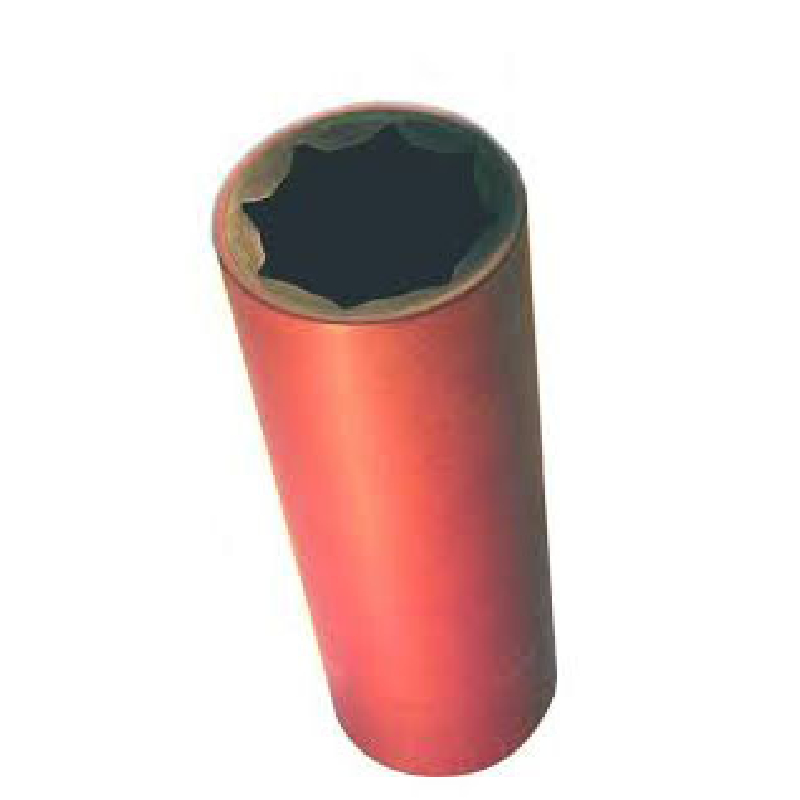Replacement Guide for 300 TDI Front Crankshaft Oil Seal Installation and Maintenance Tips
Understanding the 300 TDI Front Crankshaft Oil Seal
The 300 TDI engine, known for its robust performance and durability, is a popular choice among off-road enthusiasts and vehicle restorers alike. One essential component of this engine is the front crankshaft oil seal. This small but crucial part plays a significant role in maintaining engine efficiency and preventing oil leaks, which can lead to severe engine damage if left unaddressed.
What is the Front Crankshaft Oil Seal?
The front crankshaft oil seal is a flexible circular seal that fits around the crankshaft's front end, where it exits the engine block. Its primary function is to keep the engine oil contained within the crankcase while preventing contaminants from entering. The seal is typically constructed from high-quality rubber or synthetic materials, designed to withstand the high temperatures and pressures generated by the engine during operation.
Signs of a Failing Oil Seal
Over time, the front crankshaft oil seal can degrade due to heat and friction. Knowing the signs of a failing seal is essential for proactive maintenance
1. Oil Leaks One of the most common indicators of a failing oil seal is the presence of engine oil pooling underneath the vehicle or around the front of the engine. 2. Oil Pressure Loss A compromised seal can lead to a drop in oil pressure, which could affect engine performance and longevity. 3. Squeaking or Rubbing Noises As the oil seal wears down, it may produce unusual sounds due to improper contact between the crankshaft and the seal. 4. Buildup of Dirt and Grime Oil leaks can cause dirt to accumulate around the seal area, leading to further complications and possible damage.
Maintenance and Replacement
300tdi front crankshaft oil seal

Maintaining the integrity of the front crankshaft oil seal is crucial for the overall health of the engine. Routine oil changes and regular engine checks can help identify potential leaks early on. If a leak is detected or if the oil seal shows signs of wear, it’s essential to replace it immediately.
Replacement Process
1. Preparation Before beginning the replacement, ensure that the engine is cool, and gather necessary tools such as wrenches, gasket scraper, and replacement seal. 2. Accessing the Seal This often involves removing the timing belt or chain and some front engine components for better access to the crankshaft. 3. Removing the Old Seal Carefully remove the old seal using a seal puller or a flat tool, taking care not to damage the crankshaft or surrounding components. 4. Installing the New Seal Clean the sealing surface and apply a thin layer of oil or sealant to facilitate easier installation. Gently press the new seal into place, ensuring it sits flush with the engine block. 5. Reassembly Once the seal is in place, reassemble any components that were removed and check for leaks after starting the engine.
Benefits of a Properly Sealed Crankshaft
A well-functioning front crankshaft oil seal provides several benefits, including
- Maintained Oil Pressure Prevents oil from leaking, safeguarding engine parts by ensuring adequate lubrication. - Extended Engine Life Reduces the risk of dirt contamination, which can lead to wear and tear on engine components. - Enhanced Performance Ensures optimal engine functionality, contributing to better fuel efficiency and power output.
Conclusion
The front crankshaft oil seal may be a small component, but its role in the functionality of the 300 TDI engine is crucial. Regular maintenance and timely replacement of the seal can lead to increased engine longevity and performance. By staying vigilant for signs of wear and addressing issues promptly, you can ensure that your 300 TDI engine remains reliable and efficient for years to come. Whether you’re an experienced mechanic or a novice car enthusiast, understanding the importance of the oil seal can help you take better care of your vehicle and avoid costly repairs down the line.
-
Understanding the Front Main Engine Seal: Purpose, Maintenance, and Installation
News Jul.29,2025
-
Understanding O-Rings and Seal Rings: Types, Applications, and Custom Solutions
News Jul.29,2025
-
Understanding Crankshaft Oil Seals: Rear Seals, Pulley Seals, and Their Role in Engine Integrity
News Jul.29,2025
-
The Importance of Front and Rear Crankshaft Seals in Engine Performance and Oil Management
News Jul.29,2025
-
Crank Oil Seals: Functions, Types, and Cost Considerations in Engine Maintenance
News Jul.29,2025
-
A Comprehensive Guide to O-Rings and Seals: Types, Materials, and Global Applications
News Jul.29,2025
-
Mastering Diesel and Performance Engine Maintenance: A Guide to Critical Oil Gaskets
News Jul.28,2025
Products categories















